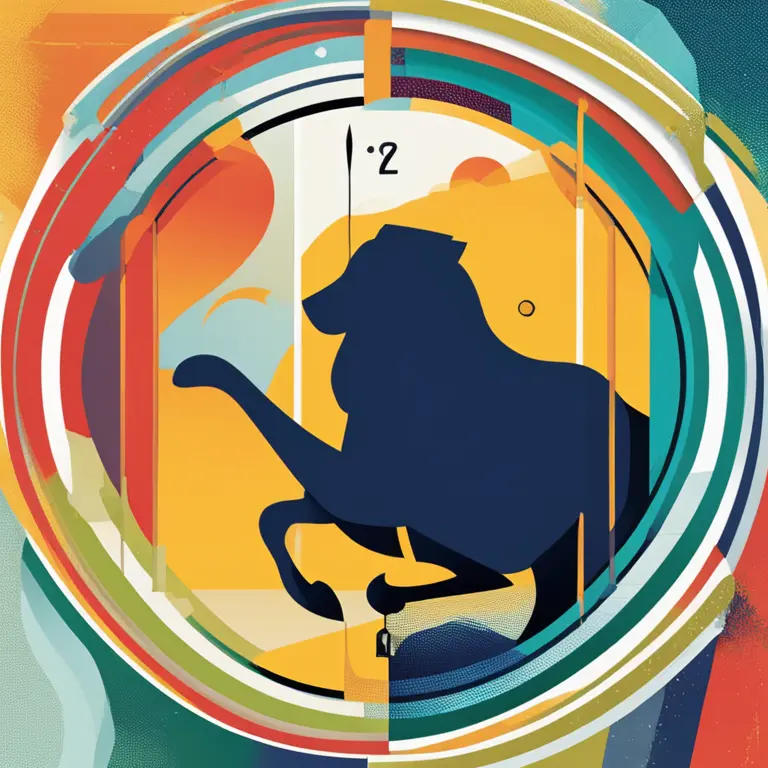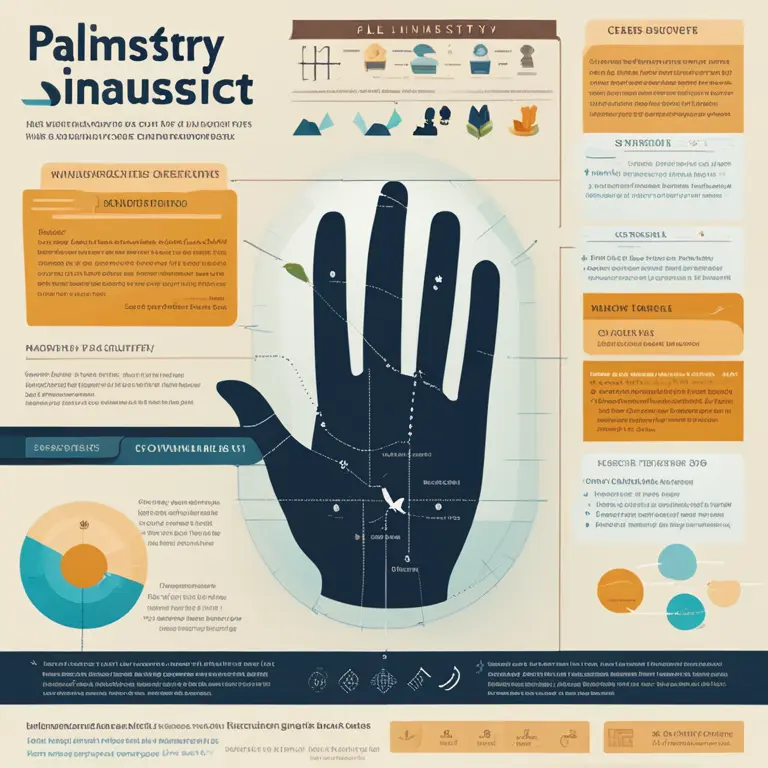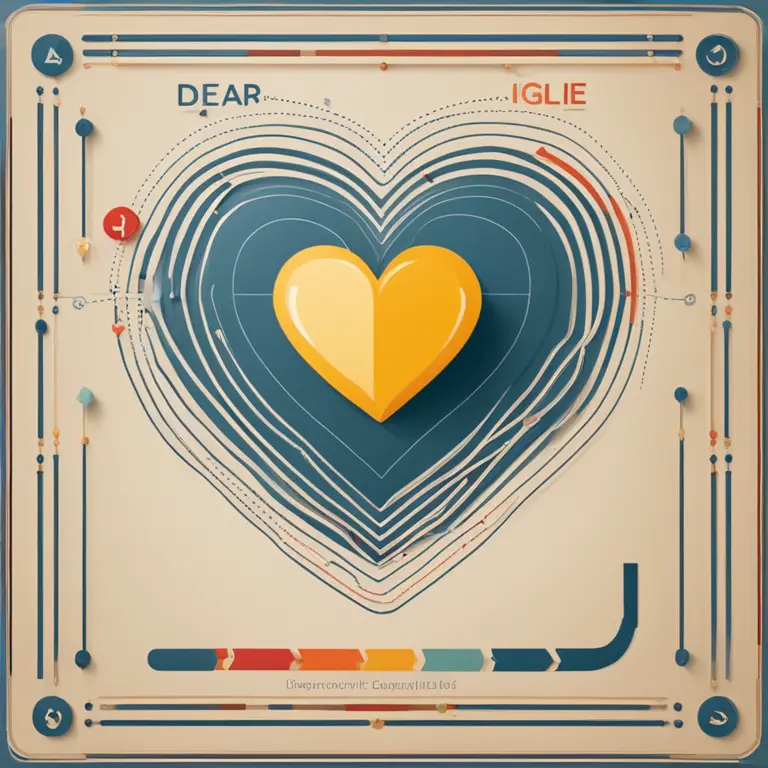
Palmistry and Career Path Insights
Discover how the ancient practice of palmistry can offer insights into your professional life and career choices.
article by Nora Pennington
Introduction to Palmistry & Career Analysis
Palmistry, an ancient art with roots in various cultures, offers a unique perspective on one's professional journey. This form of divination involves analyzing the palm's lines, shapes, and mounts to interpret personality traits and life paths. It can provide interesting insights that help individuals understand their potential career paths and professional inclinations. Whether you're at a career crossroads or simply curious, palmistry may shed light on your vocational strengths and challenges.

The Heart Line: Emotional Intellect in Careers
The Heart Line, extending from the edge of the palm under the little finger towards the middle or index finger, indicates emotional intelligence—a vital skill in any career. A clear and deep Heart Line suggests a person who can navigate workplace dynamics with empathy and understanding. If the line reaches towards the index finger, it could point toward a successful career in leadership or public speaking, where emotional connection and influence are key.

The Head Line: Intellectual Pursuits
Interpreted as a symbol of intellectual prowess, the Head Line stretches across the palm and can reveal one's cognitive style. A straight Head Line suggests practicality and a methodical approach, often beneficial in careers such as engineering or accounting. A wavy line, conversely, may indicate creative thinking, making careers in the arts or innovation fields a potential match. Regardless of its shape, a distinct Head Line signals clarity of thought and concentration power.

The Life Line: Vitality and Career Stability
Contrary to popular belief, the Life Line does not determine the length of one's life but rather reflects vitality and life balance. A strong, well-defined Life Line hints at a person's stamina and resilience, translating to a stable and robust career foundation. Those with a long, unbroken Life Line may have the endurance for demanding professions, while breaks in the line could suggest a tendency toward career changes or a need for periodic rejuvenation.

The Fate Line: Professional Growth
Often seen as the career line, the Fate Line runs vertically from the base of the palm to the middle finger. The depth and continuity of the Fate Line can symbolize the progression and stability of one's career. A well-defined line suggests a clear career path, while breaks or forks might indicate significant changes or crossroads. An absence of the Fate Line doesn't predict professional doom but might reflect a non-linear approach to career development.
The Mounts: Assessing Career Strengths
Mounts, the fleshy pads on the palm, relate to different aspects of our character. For instance, the Mount of Jupiter, situated at the base of the index finger, relates to ambition and leadership. A pronounced Jupiter Mount can suggest a career in management or politics. Alternatively, a prominent Mount of Mercury, under the little finger, indicates strong communication skills—vital for careers in writing or commerce.
Putting Palmistry to Work
While palmistry can provide fascinating insights, it's important to remember that your life and career are in your hands—both figuratively and literally. Using palmistry as a tool for reflection rather than a deterministic prophecy allows for a balance of self-discovery and practical career planning. It encourages introspection, helping one align personal values and goals with potential career paths. Regardless of palmistry's insights, your determination and adaptability remain the paramount factors to professional success.
Published: 1/11/2024
Modified: 1/12/2024
More predictions
Come back here soon to learn more about yourself and your future


Can Palmistry Foresee One’s Demise?
Delve into the contentious debate about whether palmistry can predict the end of life and the ethical considerations of such a claim.


The Efficacy of Palmistry: Real Insight or Fancy?
Delve into the validity of palmistry as a form of divination. Is there a truth behind the lines on our palms, or is it just a charming fancy?


The Ancient Art of Vedic Palmistry
Discover the ancient art of Vedic Palmistry and its practice in the modern era, revealing the secrets held within the lines of the hand.